
Kiều Trinh
CẦN THƠ — The rivers in Cần Thơ have long been plagued by a significant amount of indiscriminately dumped waste, causing serious pollution. However, the situation has improved significantly due to the implementation of the project Zero Waste Mekong - piloting circular economy models at Cái Răng Floating Market.
The initiative, sponsored by DOW Vietnam and carried out by the Centre for Supporting Green Development GreenHub, focused on river waste management in the Mekong Delta city. Its objective is to pilot circular economy models to transform waste into a valuable resource by promoting waste collection, classification, reuse and recycling.
Đặng Thị Mỹ Dung, who lives on a boat, recalled: “Before there was no one collecting waste, so I often threw it into the river. Since the project started, I have collected waste every day and left it in one place for collectors to come and pick it up. I also divide the compostable and the non-compostable into different bags.”
Volunteers manage the collection of garbage from households living on the river.
Living on the Cái Răng River, Nguyễn Thị Bé understands how much the river is damaged by waste being dumped into the river. She takes volunteers collecting other people’s rubbish.
“I have done this job for a year," she said. "Before when I didn’t collect garbage, people just threw it into the river. From the time I go to pick up garbage bags until now, the river has been cleaner. I ask them to let me collect trash bags; don't throw them in the river.
"Every afternoon, rain or shine, I pick up trash from the boats on the floating market. I don't dare to miss a session because if I don't collect it, people will most likely throw waste in the river.”
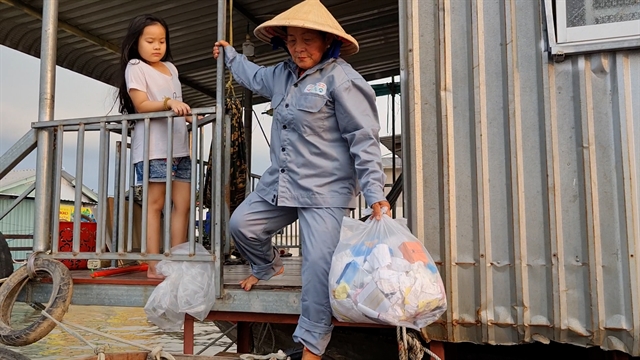 |
| Nguyễn Thị Bé collects waste from a boat in Cái Răng floating market area. - VNS Photos Kiều Trinh |
Currently, the waste collected from Cái Răng has exceeded 5.5 tonnes, with plastic waste accounting for more than 1.9 tonnes. Furthermore, the Cái Răng Floating Market's waste collection, and transportation system is being expanded to include merchant boats.
A similar initiative has been deployed in another tourist destination, Cồn Sơn, a small island in Hậu River.
For a long time, Cồn Sơn - one of the beautiful eco-tourism destinations of Cần Thơ City, has had to face serious waste pollution.
The amount of waste from plastic, packaging, bottles, and other household waste is increasing. The backlog of garbage not only adversely affects the island's landscape and harms the health of residents and visitors.
Though only a small area with 50 or so households, if there are no solutions, Cồn Sơn will lose its title as a "Green Island".
The project has implemented a waste collection model on the island and maintained waste collection from all households regularly twice a week. Low-value plastic waste is transported by the waste collector's boat to the collection point, then is transported to the mainland for treatment by a boat purchased from the project's capital and local counterpart funds.
Mai Hồng Sử, a community leader, said: “The GreenHub's project has trained people on waste classification and collection. People are very conscious, so waste is collected twice a week and brought to the garbage factory for treatment.
"In the past, local people often treated waste by burning it, causing environmental pollution. Through the training course, people learn how to recycle and reuse to serve their families and make souvenirs for tourists.”
In addition to operating waste collection and transportation systems, the project also guides people to implement circular economic models, using organic waste for living purposes.
People are instructed on how to brew biological bleach from fruit peels. Instead of using harmful and polluting chemicals, this method leverages the power of natural enzymes to break down waste and create eco-friendly products.
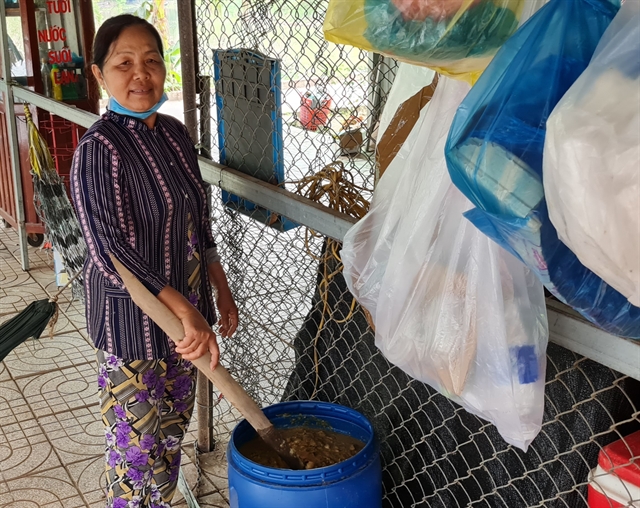 |
| Nguyễn Thị Phượng, a resident of Sơn Island, checks an enzyme compost bin made from organic waste. |
The "Banana Circle" model is an effective organic waste treatment method by using tree bark, fruit and twigs for on-site composting.
In this way, people take advantage of resources and simultaneously reduce the amount of waste. Organic waste, such as bark, fruit, leftover vegetables, and fallen leaves, is composted in a circular pit dug in the middle of a banana garden.
The banana garden will create the necessary temperature and humidity for the organic waste in the circle to decompose quickly and become fertiliser for plants.
Thanks to the project activities, people here have changed their way of thinking and doing, gradually getting used to the principles of waste reduction: Refuse, reuse and recycle waste.
Nguyễn Thành Tâm, a resident, said: “Before the project, people still threw garbage indiscriminately into the river or burned it. Now they consciously separate garbage and use organic waste to plant trees. After a project implementation period, the landscape is very different from the old days.” VNS




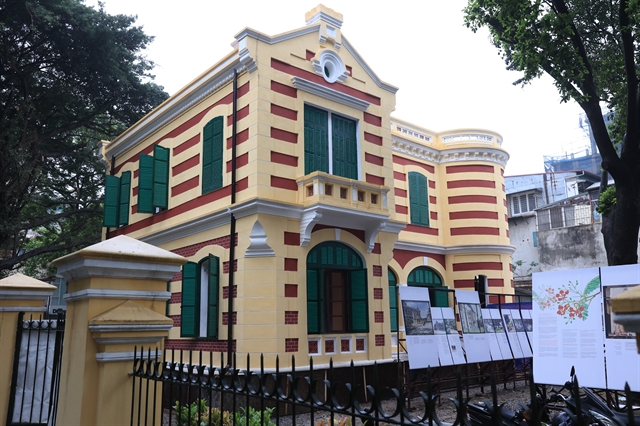


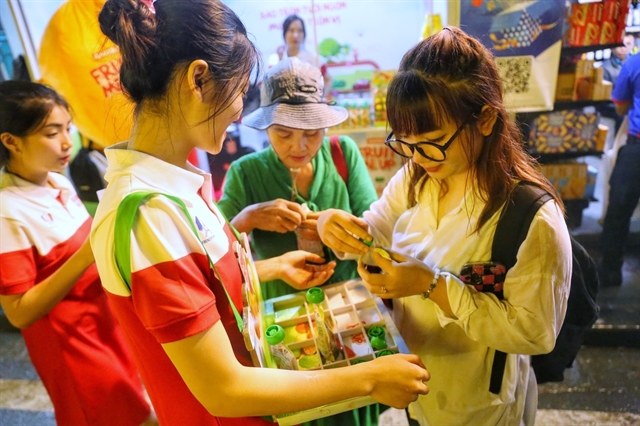
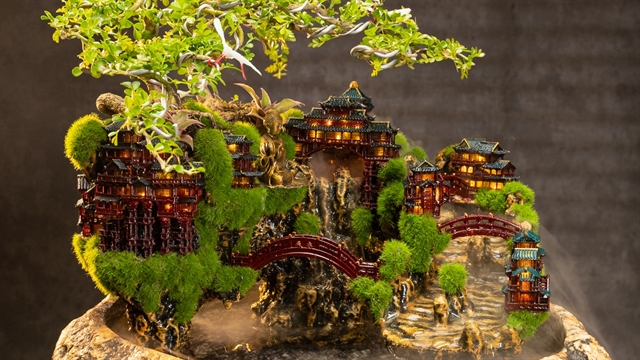
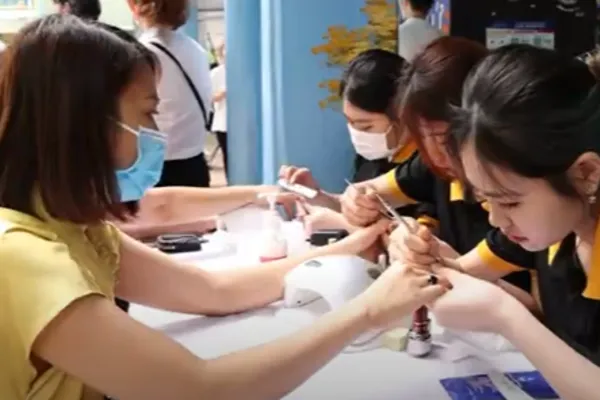
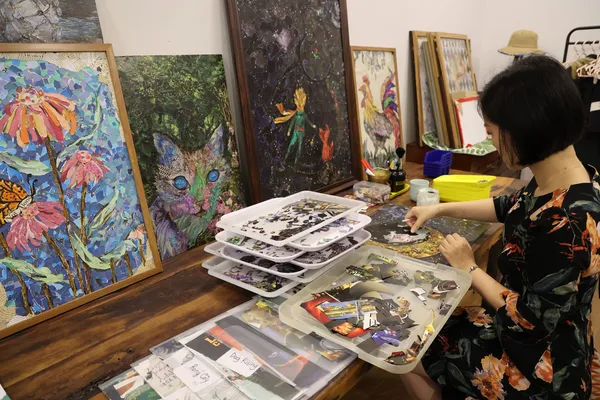
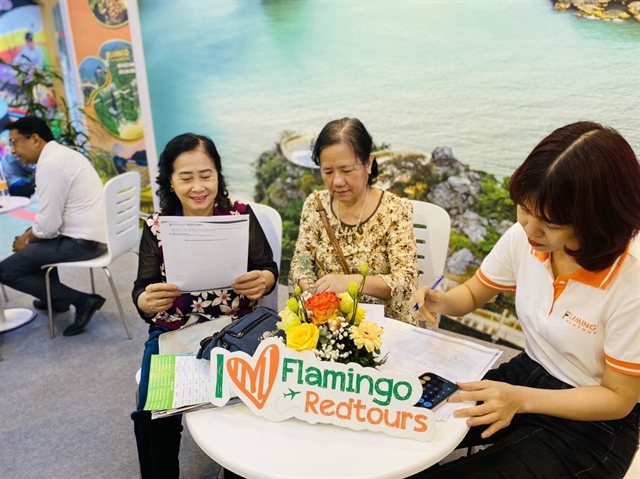
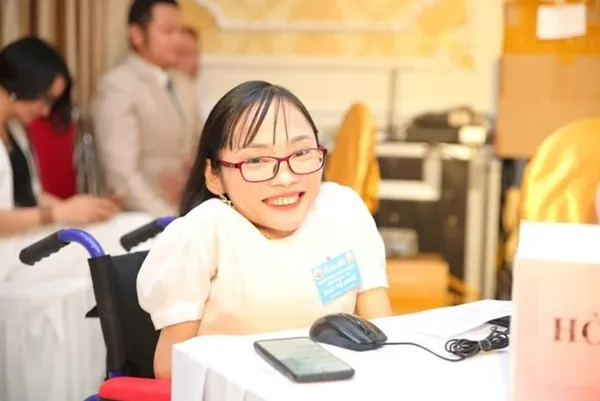
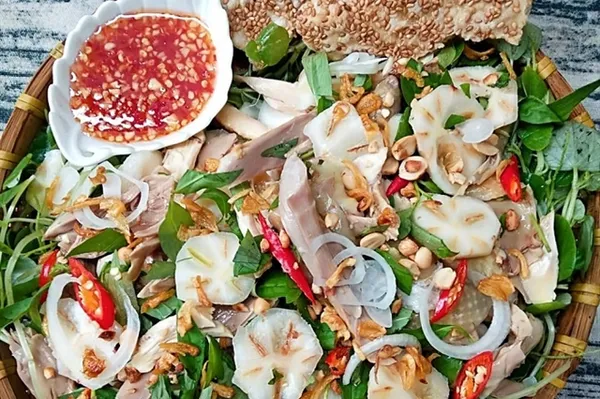
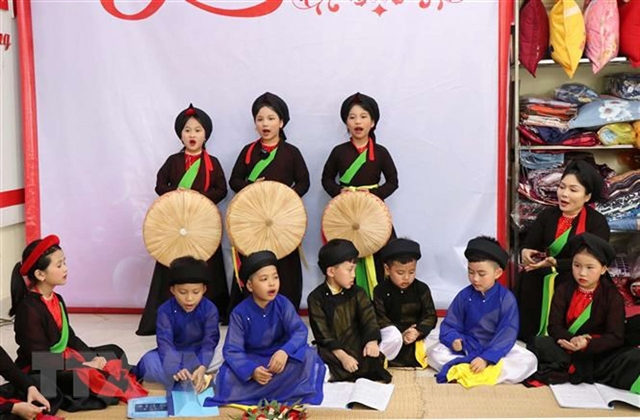
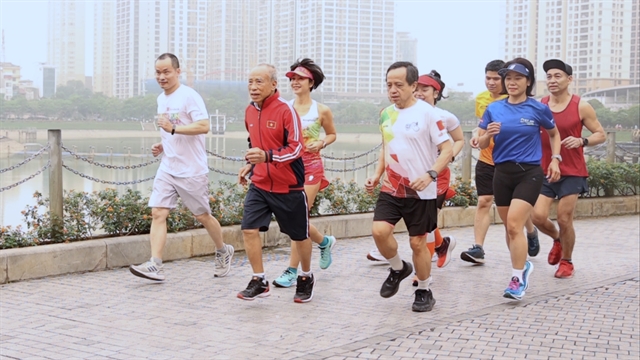
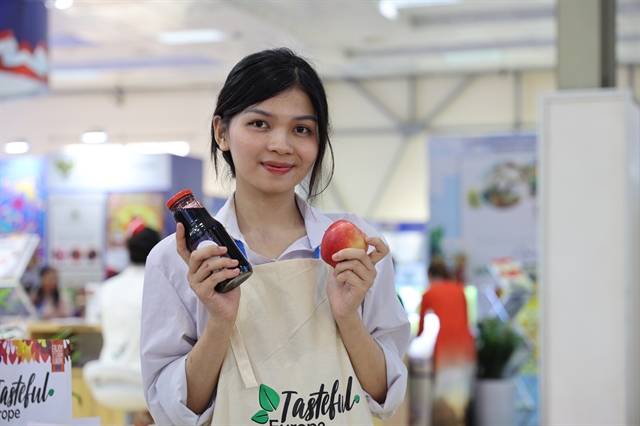
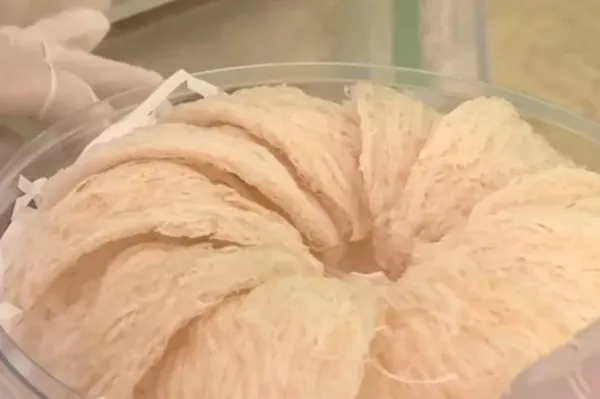
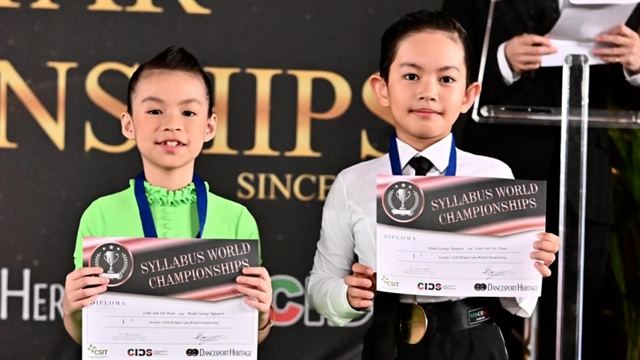
.jpg)